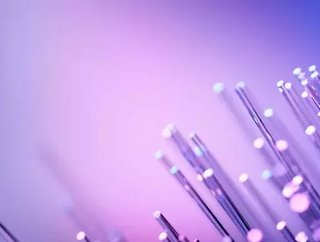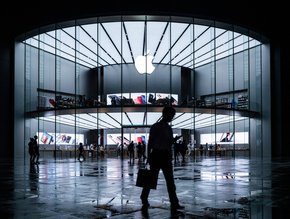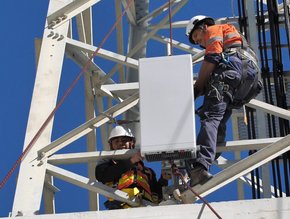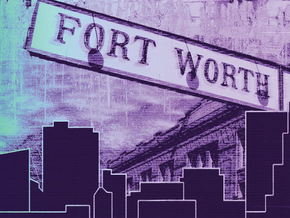5G Broadband vs fibre: the pros and cons

Until now, ultra-fast fibre broadband has been the gold standard of internet delivery speeds. But with the advent of 5G, will fibre networks still be needed? Some reports suggest the tech may well be outmoded by 2030 in favour of the latest 5G wifi 5G services. But other experts believe both systems are codependent on each other in our connectivity-obsessed world.
Connectivity: 5G vs Fibre
Though massive investment is currently being poured into 5G network developments globally, fibre optic cables remain essential to the telecom network
Today’s UK full-fibre network can deliver an impressive 1gb of information per second. With upgrades, the service has the potential to accelerate that by 1,000 times, managing 1tb (terabit) per second instead. With such impressive performance and minimally invasive upgrades (these would take place on each end of the fibre exchange), cabled services are unlikely to be outmoded any time soon.
Fibre optic cable will probably become the delivery of choice for those living in remote locations, where a fibre optic network is already established. Currently, 5G operates using short wave radio frequencies. Each cell or station only has an expanse of up to a few 100 metres, but fibre has a provisioned signal that can reach up to 70 kilometres.
Furthermore, 5G networks operating on higher frequencies cannot penetrate obstacles like buildings and trees. 5G nano-masts are also typically connected to the internet backbone by fibre.
Andrew Ferguson, leading data scientist and Editor in Chief of Thinkbroadband.com, comments, “Investing in fibre improves both fixed line services and helps to support connecting the many new nano-masts needed for 5G at its highest speeds.”
Security: 5G vs fibre
Both 5G and fibre cable services are completely different beasts when it comes to security. According to a report by VNet Network Technologies, cable might well be the more secure option for now. For example, plastic and glass fibre optic cables are flexible, and less vulnerable to environmental damage than exposed 5G masts, because they are covered in a protective layer and buried deep in the ground.
Cables are also impervious to electromagnetic signals because they are not made of metal. This makes them super-secure because it's impossible to intercept the information – and cutting the wires is the only way to break the connection.
Currently, 5G networks are more vulnerable to security breaches. The location of mobile users can be pinpointed, leading to false alerts through signal spoofing. Cybercriminals can also cut user connection to the network via distributed-denial-of-service (DDoS) attacks.
However, as strides are made in the field of cybersecurity, vulnerabilities with 5G are unlikely to remain a problem.
Cost: 5G vs fibre
The cost comparison between fibre optic and 5G systems is tricky to assess because the expenses are different. According to a recent report by IPwithease, the rollout for 5G is much cheaper to manage than cable installation, which accrues a lot of man-hours in terms of construction. The cost of 5G for the end-user is also lower than fibre optics. However, operational costs for cable, once all the groundwork is done, is five times less expensive than 5G.
Ultimately, though efficiency wins over cost and businesses want the most efficient solutions. Reflective fibre optic wires serve as transmitters for light-based data transmission which allow for uncompromised signals. The low latency offered by fibre cable also makes it an excellent option for businesses that require high-speed data transfers.
Hybrid services
For the foreseeable future, 5G and cable will be an integrated system, with cable ironing out the weaknesses of 5G, and vice versa. For example, 5G only has a short range and the signal is unable to penetrate obstacles. The antenna must be placed in regular intervals in busy, urban areas (on buildings, lampposts and structures etc) to maintain a continuous signal.
And even then, disruptions happen, as test rollouts have already shown. Therefore, integrating 5G with the fibre cable networks that are already in place makes sense because it ensures a more stable level of connectivity in urban areas.
As Matthew Howett, an analyst at Assembly Research, remarked, “The problem with the final leg still being wireless is easily illustrated by the problems people have with existing wi-fi. People often find they cannot cover their whole home without additional wireless repeaters.”
He adds, "And in the worst-case scenario, a double decker bus could park between you and the lamp post across the street. Full-fibre into the building technically gives a much better experience and avoids the variables that 5G cannot always overcome."






